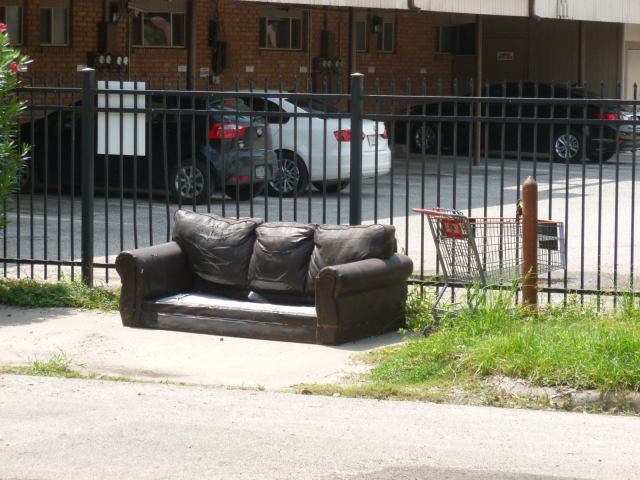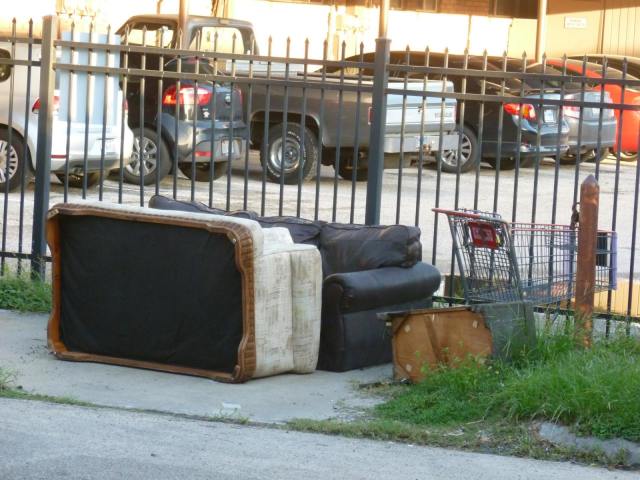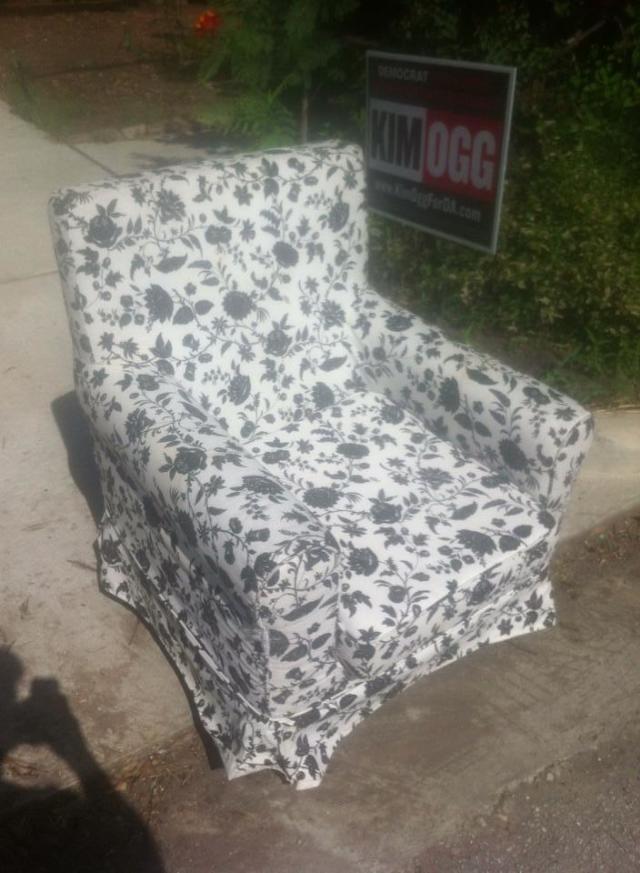Once you've become a part of this particular patch, you'll never love another. Like loving a woman with a broken nose, you may well find lovelier lovelies, but never a lovely so real.
So wrote Nelson Algren of his hometown in his 1951 essay “Chicago: City on the Make”, and so local photographer Sebastien Boncy would say of Houston, his home more or less constantly since 1996. A native or the Haitian capital of Port-Au-Prince, Boncy describes himself as existing in a sort of cultural limbo: a Haitian in Texas, a Texan in the other 49 states, a “diaspo” in Haiti, and an “Anglo-Black-guy” in France.
Let’s face it: by traditional aesthetic standards, Houston is an ugly city, a flat and sweltering hodgepodge of concrete parking lots and potholed streets and grim overpasses, mirrored glass skyscrapers and mid-rise office buildings, treated plywood privacy fences, and faux-stucco McMansions. Our monuments, edifices and wonders—man-made and natural—are rare to non-existent. And that is exactly what Boncy captures in his lens, somehow making it all seem captivatingly dreamlike in the process. On his Tumblr, Purple Time Space Swamp, Sebastien Boncy’s Houston is so real it becomes surreal.
Not for him the live oak tunnels in Broadacres or the skyline basking in the warmth of a Gulf Coast sunset; Boncy’s inspirations are the very same humdrum tableaux of strip malls, suburban cul-de-sacs, and welters of power lines that outsiders and natives alike love to lament.
“Houston is nothing but itself,” he said in a phone chat with Houstonia late last year. “Every little bit of it is so basic to me on that level. I am not a big fan of words like ‘authentic’ or ‘real’ but it is very convincing.”
In that sense, Boncy believes it to be similar to his native city. “There’s a straightforwardness I respond to well here that is also very much a part of Port-au-Prince, where I grew up,” he says. “It is so straightforward, in the way that we live, in the way that the city is laid out, and also in the language. We speak mostly Creole and some French. French is a weird language in the way that it circles around things. A vulture language. A beautiful vulture language but like a vulture because it circles around things. Creole is very direct: a lot less Columbo and a lot more Judge Dredd.”
Fotofest press and website coordinator Vinod Hopson met Boncy not long after he arrived here from Haiti in 1996. Back then, Hopson remembers, Boncy was living on the Southwest side and riding the bus. “These two small facts from his history inform his work,” Hopson avers. “He is decidedly urban, and particularly inner-city urban. He is ‘pedestrian’ as in close to the ground, slow, steady, and aware. He is comfortable on the streets, and comfortable working there. ‘Street photography’ is a much admired and aspired to genre in photography. Many try, and most fail because of fear and the fact that they are alien to the environment. They are tourists.” Which is not to say that Boncy’s photos are menacing or “dangerous,” Hopson stresses. “They are not, but they engage the landscape with confidence and familiarity, so they are authentic.”
Hopson remembers a time when they were roommates, when Boncy would ride the bus to and from a teaching job in Denver Harbor, just east of Fifth Ward. Boncy would come home and tell Hopson tales of getting caught in adolescent rock-fight crossfires that reminded him still more of Haiti. “Those bus rides and walks; and others in the Second Ward, off North Main, and other parts of the city, helped cultivate a social aspect of his work. I might call it ‘socialist’, as I know he is a great advocate for the working poor, but he most often proclaims himself an ‘anarchist’ in a pure libertarian sense.”
All of Boncy’s work is available for free for any purpose on his tumblr. “I have my BFA and an MFA and I am immersed in the art world, almost trapped in it,” Boncy explains. “The art world’s business model doesn’t make any sense. The artist’s position as a business entity or profit producer—it’s almost [more] like a vocational thing. Yeah, the occasional person makes a living but I decided I would just embrace that [uncompensated] position completely, just embrace the service aspect of it, interact with my community more.”
To those ends, Hopson says, Boncy also engages in playful modes of exhibition such as hiding his prints in random books. “ It is thoughtful and undertaken with intention,” Hopson says. “Those are the two things I admire most in artists—that they work with thoughtfulness and intention.”
“His pictures of Houston crack me up,” writes local art critic and blogger Robert Boyd in an email. “They are so deadpan, so unassuming. He obviously goes to places where no one else goes to take pictures—distant suburbs, industrial parks, etc. He takes pictures of utterly anonymous non-places. Because of the blandness of the settings (he drains every drop of the picturesque from his photos), what ends up dominating them will be something you would ordinarily never notice. You may see a picture of a generic concrete warehouse building with a strip of grass in front, but what leaps out at you is an off-center pile of dirt. His pictures seem to frequently feature something like that—a shadow, an object, whatever—that disturbs the placid scene in some way.”
Boyd likens the unlikely “stars” in these photos to what Roland Barthes dubbed a “punctum.”
“If a photo were beautiful or dramatic or highly composed, you wouldn't necessarily notice the shopping cart or garage sale sign or the stray plastic bag or whatever,” Boyd explains. “But in Boncy's photos (at least the ones on Purple Time Swamp), these details have a curiously powerful effect.”
“He is a pure critic, questioning and commenting on everything around him—sometimes with words, sometimes with pictures,” Hopson says. “Sebastien is one of the most engaged artists I know—engaged in the process, the history, the theory, and the context. Everything you see in his images, even an image of a beer can in a parking lot, is informed by that intense, multi-layered engagement.”
“I don’t have a set goal when I am taking the pictures,” Boncy said. “Most of these come about in the course of my daily life—I’m going to work, I’m going to the grocery store, I’m picking up my daughter or going to see some friends. Sometimes if I have an hour here or there for myself I will go shoot some, but basically the pictures happen because they interest me. I am always trying to keep friends in Houston because other cities beckon all the time, you know. People want to go to New York, Chicago, LA. But Houston is so convincing. It’s the only huge American town that is tourist-free, so no single part of it feels like a put-on. If it’s a put-on, it’s a put-on for the locals—you know what I mean.”




























































































